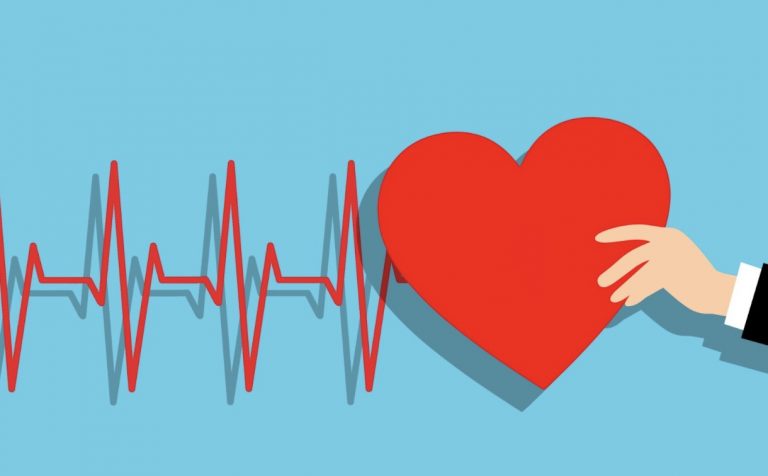The human heart is a remarkable organ, working tirelessly every day to pump blood and oxygen throughout the body. Unfortunately, with the rise in sedentary lifestyle choices and poor dietary habits, heart disease has become a leading cause of death globally. This makes it more important than ever to understand the various procedures and treatments available for maintaining a healthy heart.
In this blog post, we will delve into the world of cardiac care – from preventive measures such as lifestyle changes to invasive procedures like open-heart surgery – providing you with valuable information on how to safeguard your most vital organ. Let’s get started on this journey towards a healthier heart!
Transcatheter Valve Implantation
Transcatheter valve implantation, also known as transcatheter aortic valve replacement (TAVR), is a minimally invasive procedure used to replace a narrowed aortic valve that fails to open properly, a condition known as aortic stenosis. Unlike traditional open-heart surgery, TAVR involves threading a catheter through a blood vessel in the leg or chest to reach the heart. Once positioned correctly, a new valve is deployed to take over the function of the faulty one. You can read more here about the procedure, its risks, and the benefits of a successful TAVR. No matter what your age or health status, this innovative technique makes it possible for patients to receive lifesaving cardiac care without the need for a major operation.
Electrocardiogram (ECG or EKG)
Commonly referred to as an ECG or EKG, an electrocardiogram is a non-invasive diagnostic test used to measure the electrical activity of the heart. During the procedure, small electrode patches are placed on the patient’s chest, arms, and legs, which then record the heart’s electrical signals. These signals are displayed as waveforms on a monitor or printed out on paper, allowing cardiologists to detect abnormalities such as arrhythmias, heart attacks, or other cardiac conditions. An ECG is a quick, painless, and essential tool in the diagnosis and management of heart disease while also being useful for monitoring progress during treatment.
Stress Test
A stress test evaluates how your heart performs under physical exertion. During the test, you will typically walk on a treadmill or pedal a stationary bike while your heart rate, blood pressure, and ECG are monitored.
It provides valuable information on the heart’s response to stress and can help detect any underlying cardiac conditions that may go undetected during a resting ECG. Stress tests are often used to diagnose coronary artery disease and heart rhythm problems and to evaluate the effectiveness of treatments or medications.
Angiography
Angiography is an imaging technique used to visualize the inside of blood vessels and organs, particularly the heart’s arteries and veins. In this procedure, a special dye visible by X-ray is injected into the bloodstream through a catheter. The dye highlights any blockages or abnormalities in the blood vessels on the X-ray images so that cardiologists to pinpoint issues such as arterial blockages, aneurysms, or other vascular conditions.
Both invasive and non-invasive angiography are available, with the latter being less risky and more widely used. Non-invasive angiography methods include contrast-enhanced MRI or CT scans, whereas traditional angiography involves threading a catheter through an artery in the groin up to the heart.
Cardiac Catheterization
Cardiac catheterization is a diagnostic procedure that allows doctors to examine how well the heart is functioning. A thin, flexible tube called a catheter is inserted into an artery or vein in the arm or leg and threaded up to the heart. Once in position, various measurements can be taken, such as blood pressure and oxygen levels. A dye may be injected to visualize any blockages in the coronary arteries.
Cardiac catheterization is primarily used to diagnose cardiovascular conditions but can also aid in treatment by providing access to procedures like angioplasty or stent placement. It is a safe and effective way to gather valuable information about the heart’s health without the need for open-heart surgery.
Coronary Artery Bypass Grafting (CABG)
Often referred to as heart bypass surgery, coronary artery bypass grafting (CABG) is a surgical procedure used to create a new route for blood to flow around blocked or narrowed coronary arteries. Here, a healthy blood vessel from another part of the body, usually the leg or chest, is grafted onto the diseased coronary artery. This allows blood to bypass the blockage and reach the heart muscle and is particularly useful in treating severe coronary heart disease.
CABG is typically reserved for people with severe coronary artery disease who have not responded well to other treatments. While it is considered an invasive procedure, advances in surgical techniques have made it a relatively safe and effective option for treating heart disease.

The field of cardiac care has made remarkable strides in recent years, offering a wide range of diagnostic tests and treatment options to address various heart conditions. From non-invasive procedures like ECGs and stress tests to more complex interventions such as TAVR and CABG, these advancements allow for personalized and effective care tailored to each patient’s needs. Always consult with a healthcare professional to determine the best approach for your specific situation and to stay updated on the latest developments in cardiac care.


0 Comments